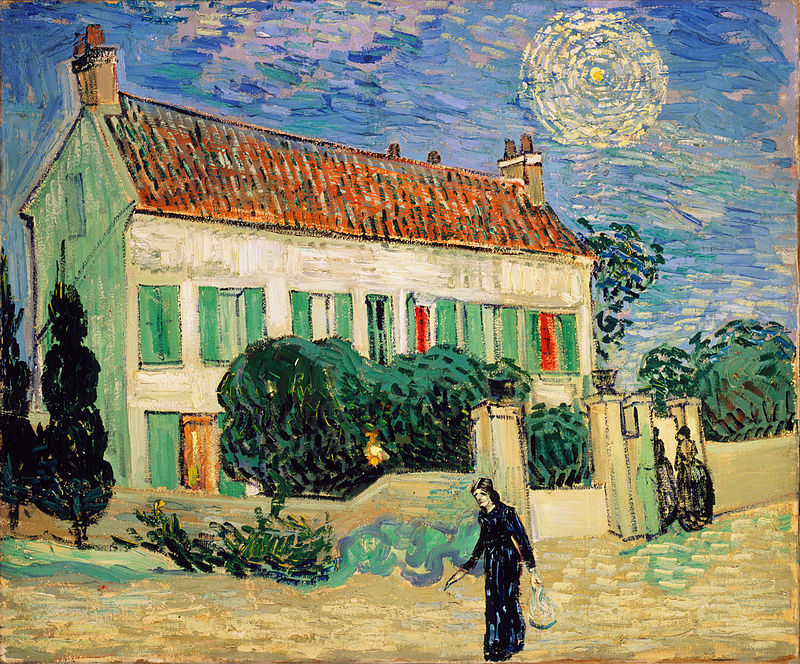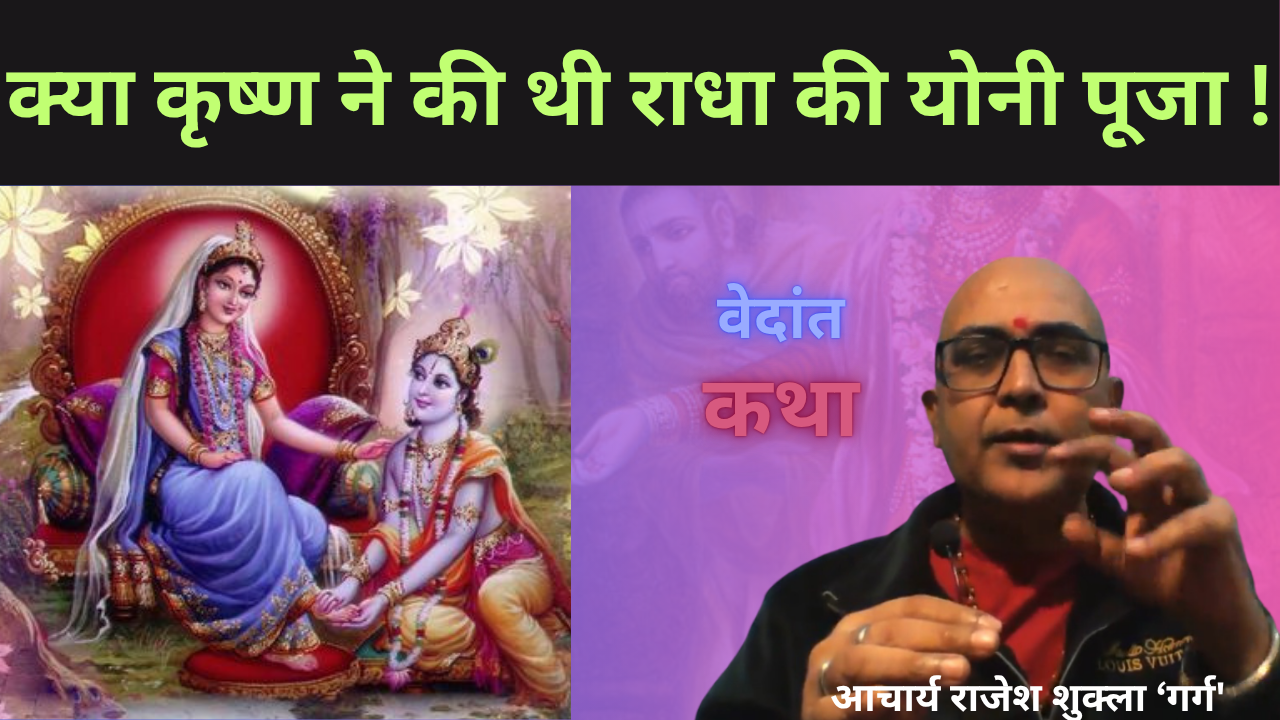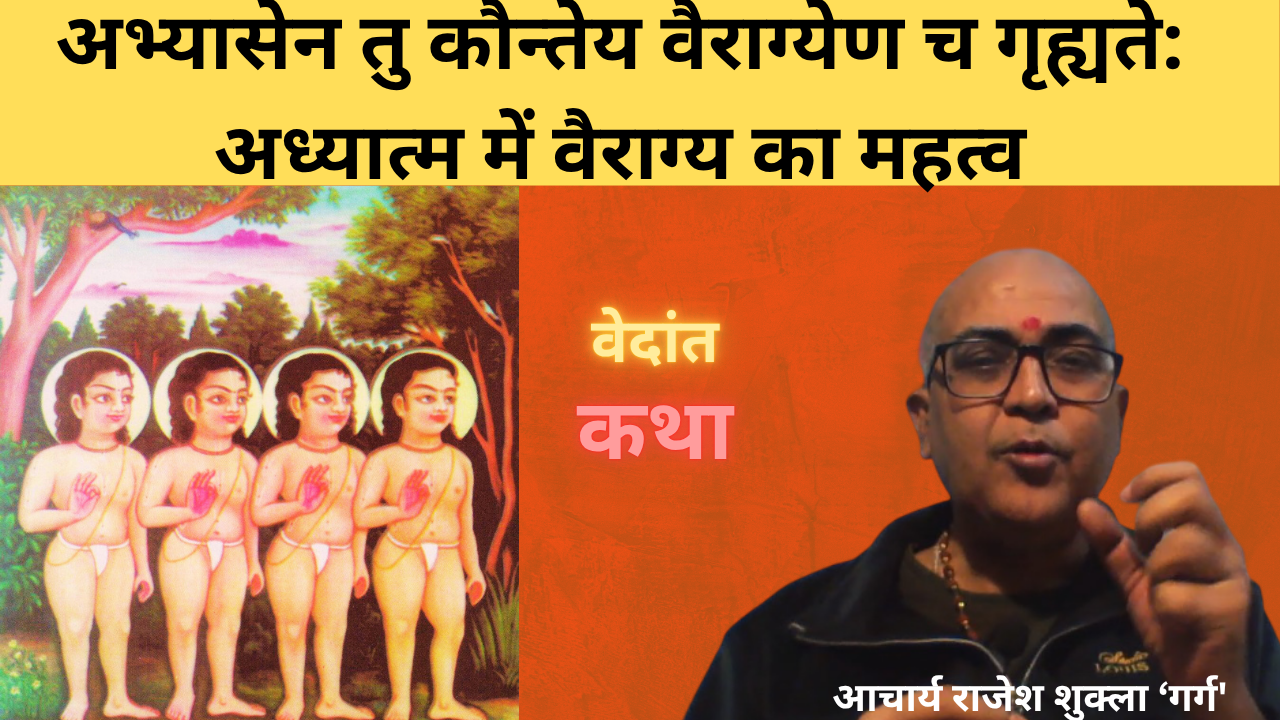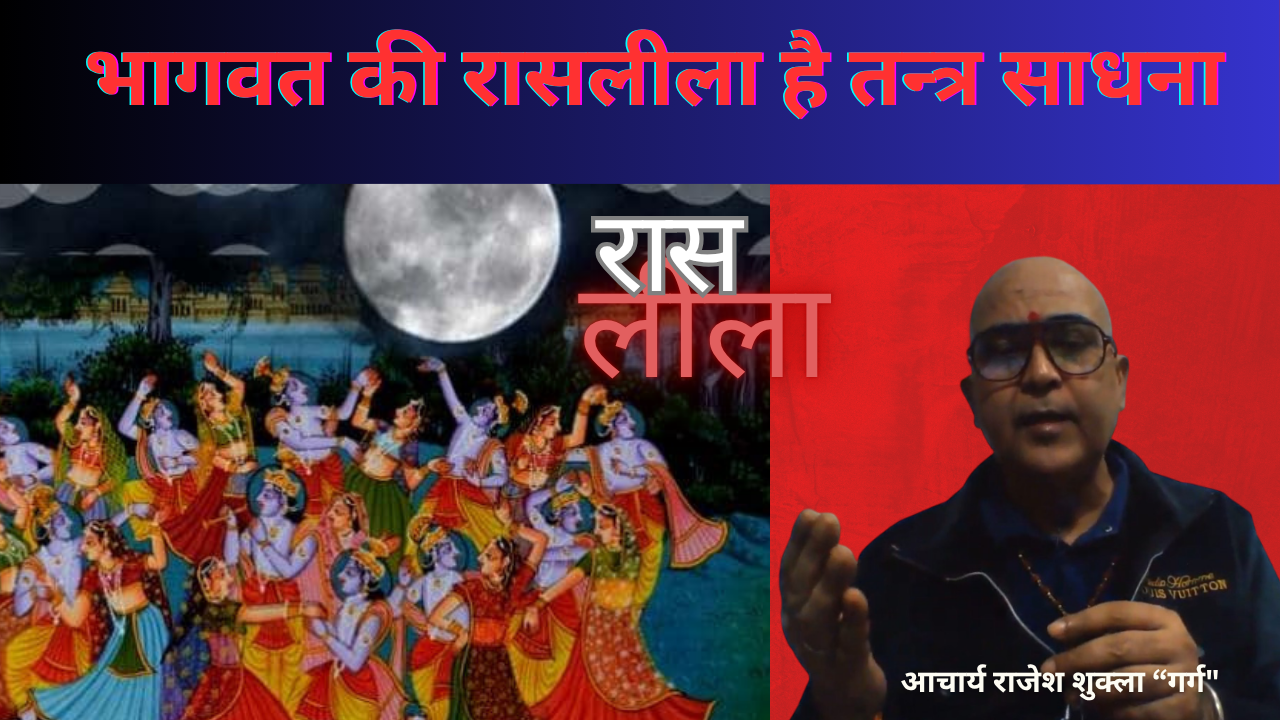
Vincent Willem van Gogh ( 30 March 1853 – 29 July 1890) was a Dutch Impressionist painter. He was is among the most famous and influential figures in the history of Western art. He was born in Groot-Zundert, in Netherlands. He was the oldest surviving child of Theodorus van Gogh, a minister of the Dutch Reformed Church, mother Anna Cornelia Carbentus came from a prosperous family in the Hague.
He was not interested in school in childhood. His interest in art began at a young age. After completing his formal art training in 1873, Van Gogh worked with uncle who was art dealer. He was transferred to Goupil’s London branch on Southampton Street where he spent his early adulthood working for a firm of art dealers.. In this period he was learning and drawing. In April 1876, he returned to England to take unpaid work as a supply teacher in a small boarding school in Ramsgate. READ FULL BIO AT WIKI

He was deeply religious and aspired to be a pastor. He immersed himself in Christianity, and became increasingly pious and monastic. In January 1879, he became a missionary teacher in England and worked in a mining region in Belgium. In this period he sketched people from the local community, and in 1885 painted his first major work The Potato Eaters. His way of living did not suit church, authorities dismissed him for “undermining the dignity of the priesthood”. He returned home stayed there until around March 1880. His father was frustrated, and advised that his son be committed to the lunatic asylum. In the same year, on advice of brother Theo, he traveled to Brussels and attend the Académie Royale des Beaux-Arts. He registered at the Académie in November 1880, where he studied anatomy and the standard rules of modelling and perspective.

Year 1881-83 – Van Gogh returned to Etten in April 1881 for an extended stay with his parents. He continued to draw, often using his neighbors as subjects. In August 1881 Van Gogh surprised everyone by declaring his love to his widowed cousin, Cornelia “Kee” Vos-Stricker and proposing marriage. She refused . Van Gogh went to The Hague to try to sell paintings and met with his second cousin, Anton Mauve. Mauve was the successful artist . Mauve took Van Gogh on as a student and introduced him to watercolour and oil painting.

Van Gogh’s had some domestic arrangement with an alcoholic prostitute, Clasina Maria “Sien’. Knowing about his relation with prostitute, Mauve had gone cold towards Van Gogh and his arrangement with him ended. in late 1883, he left Sien and the children. In poverty Sien drowned herself in the River Scheldt in 1904.

In September 1883, Van Gogh moved to Drenthe in the northern Netherlands. In December driven by loneliness, he went to live with his parents again. From 1883-86 he lived in Nuenen where he painted The Parsonage Garden at Nuenen. In August 1884, Margot Begemann, a neighbour’s daughter ten years his senior, joined him on his forays; she fell in love and he reciprocated, though less enthusiastically. They wanted to marry, but neither side of their families were in favour. Margot was distraught and took an overdose of strychnine, but survived. On 26 March 1885, his father died of a heart attack. Van Gogh painted several groups of still lifes and nearly200 oil paintings in 1885. In August his work was publicly exhibited for the first time, in the shop windows of the dealer Leurs in The Hague with his first major work, The Potato Eaters. During this period, one of his young peasant sitters became pregnant in September 1885; Van Gogh was accused of forcing himself upon her.

He moved to Antwerp that November and rented a room above a paint dealer’s shop in the rue des Images. He lived in poverty and ate poorly, preferring to spend the money on paint and canvases. In February 1886, he wrote to Theo that he could only remember eating six hot meals since the previous May. He was drinking heavily and was hospitalized between February and March 1886, when he was possibly also treated for syphilis.
Note- He proposed to several women of civilized society but his love was refuted. He took resort to prostitutes and got syphilis.
Paris (1886–1888)-
In March 1886, he moved to Paris and lived with Theo. In Paris, Vincent painted portraits of friends and acquaintances, still life paintings, views of Le Moulin de la Galette, scenes in Montmartre, Asnières and along the Seine. He tried his hand at Japonaiserie, tracing a figure from a reproduction on the cover of the magazine Paris Illustre, The Courtesan or Oiran (1887.After seeing the portrait of Adolphe Monticelli at the Galerie Delareybarette, Van Gogh adopted a brighter palette and a bolder attack, particularly in paintings such as his Seascape at Saintes-Maries (1888). Here he discovered the French Impressionists. He met many artists including Degas, Toulouse-Lautrec, Pissarro and Gauguin, with whom he became friends.


Arles (1888–89)-
In February 1888 he moved to Arles. Arles became one of Van Gogh’s most productive periods. In this period, his paintings includes- Van Gogh’s Chair (1888), Bedroom in Arles (1888), The Night Café (1888), Café Terrace at Night (September 1888), Starry Night Over the Rhone (1888), and Still Life: Vase with Twelve Sunflowers (1888). Van Gogh wrote that with The Night Café he tried “to express the idea that the café is a place where one can ruin oneself, go mad, or commit a crime”. Van Gogh admired Gauguin and invited him. Gauguin agreed to visit Arles in 1888. Van Gogh prepared for Gauguin’s arrival by painting four versions of Sunflowers in one week. On 17 September, he spent his first night in the still sparsely furnished Yellow House. When Gauguin consented to work and live in Arles with him, Van Gogh started to work on the Décoration for the Yellow House, probably the most ambitious effort he ever undertook.

He completed two chair paintings: Van Gogh’s Chair and Gauguin’s Chair. Gauguin arrived in Arles on 23 October and, in November, the two painted together. Gauguin depicted Van Gogh in his The Painter of Sunflowers; Van Gogh painted pictures from memory, following Gauguin’s suggestion. Among these “imaginative” paintings is Memory of the Garden at Etten. Their relationship began to deteriorate; Van Gogh admired Gauguin and wanted to be treated as his equal, but Gauguin was arrogant and domineering, which frustrated Van Gogh. They quarreled about art; Van Gogh increasingly feared that Gauguin was going to desert him, and the situation, which Van Gogh described as one of “excessive tension,” rapidly headed towards a crisis point. Deeply remorseful, he then cut off part of his own ear on 23 December 1888. He suffered an acute mental breakdown in this period. Hospital diagnosis was OF “acute mania with generalised delirium”. He was hospitalized in December and after recovery recovered and returned to the Yellow House on 7 January 1889. Gauguin fled Arles, never to see Van Gogh again.
Saint-Rémy (May 1889 – May 1890)-
Van Gogh entered the Saint-Paul-de-Mausole asylum on 8 May 1889. In asylum he painted best of his paintings – Vestibule of the Asylum and Saint-Rémy (September 1889), and its gardens, such as Lilacs (May 1889). The Starry Night. He was allowed short supervised walks, during which time he painted cypresses and olive trees, including Valley with Ploughman Seen from Above, Olive Trees with the Alpilles in the Background 1889, Cypresses 1889, Cornfield with Cypresses (1889), The Sower (after Jean-François Millet), , Country road in Provence by Night (1890). Prisoners’ Round (after Gustave Doré) (1890. Between February and April 1890, Van Gogh suffered a severe relapse. Depressed and unable to bring himself to write, he was still able to paint and draw a little during this time.
–Van Gogh painted “starry night” in his madness in clinic in Moon mahadsha and Sun antardsha.. It was all Moon and SUN in the painting. You see it .. Moon in 12 with Saturn tells the story of distant world.

Exhibitions and recognition-
French poet Albert Aurier praised his work in a magazine Mercure de France in January 1890 and described him as “a genius”. In February, Van Gogh painted five versions of L’Arlésienne (Madame Ginoux). in February, Van Gogh was invited by Les XX, a society of avant-garde painters in Brussels, to participate in their annual exhibition. From 20 March to 27 April 1890, Van Gogh was included in the sixth exhibition of the Société des Artistes Indépendants in the Pavillon de la Ville de Paris on the Champs-Elysées. Van Gogh exhibited ten paintings. Van Gogh’s exhibit was on display with the Artistes Indépendants in Paris, Claude Monet said that his work was the best in the show.
In May 1890, Van Gogh left the clinic in Saint-Rémy to move nearer to both Dr Paul Gachet in the Paris suburb of Auvers-sur-Oise and to Theo. In July 1890, Van Gogh completed two paintings of Daubigny’s Garden, one of which is likely his final work.

Death-
On 27 July 1890, aged 37, Van Gogh shot himself in the chest with a revolver.
Note- Van Gogh’s social circle and artists admired his work but most of the public had no knowledge of him until years after his death. When he died, Van Gogh left behind his brother Theodore (called Theo) and Theodore’s wife, Johanna. Theo died just two months after his brother. It was Johanna, the mother of a new baby boy named Vincent, who took it upon herself to introduce Van Gogh’s paintings to the world.
Birth chart of Vincent Van Gough –











